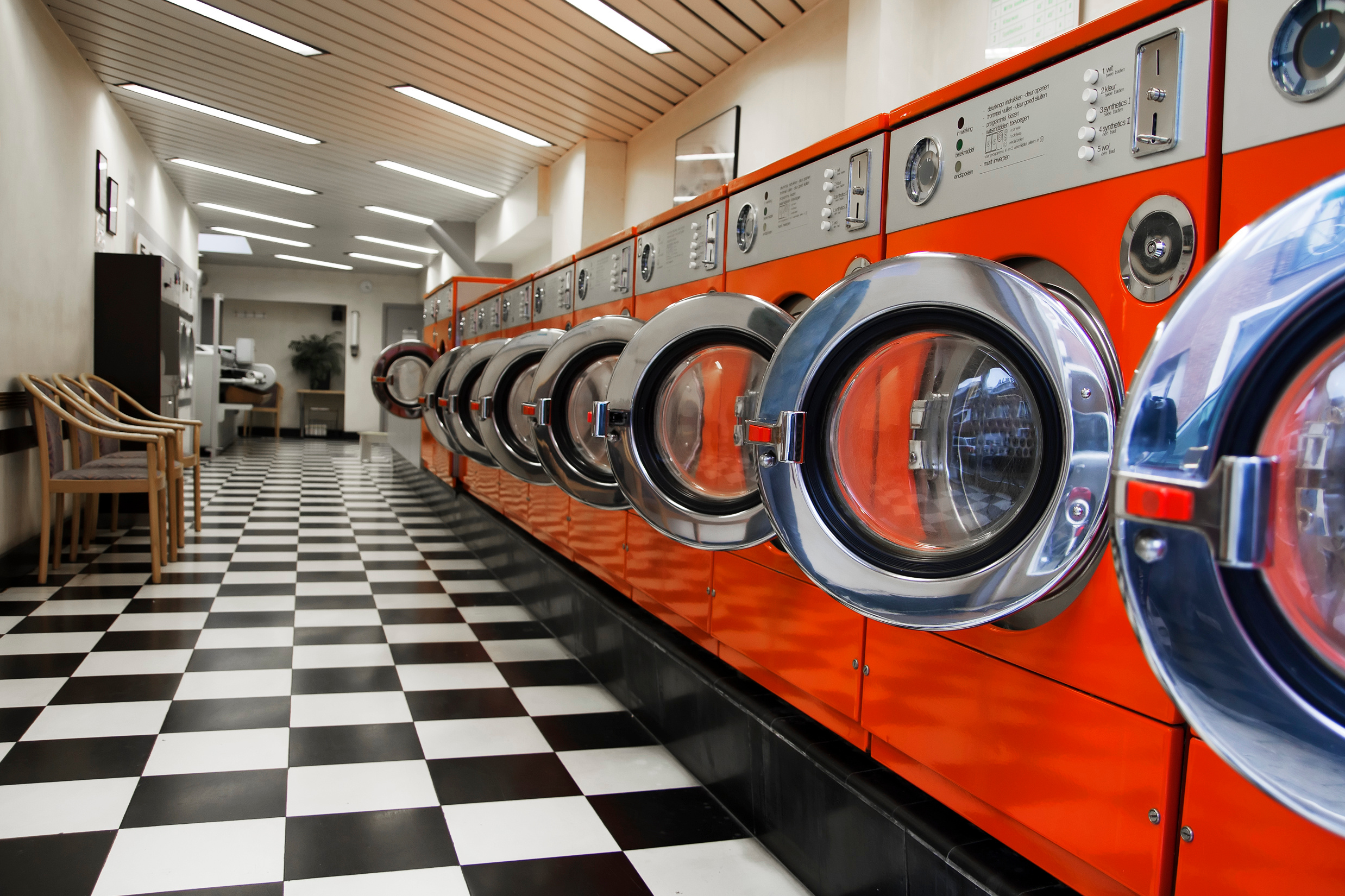Operating a laundromat involves more than just running machines and collecting payments. Owners must comply with a range of rules and regulations that cover health and safety, licensing, utilities, customer conduct, and ADA accessibility. These legal and operational requirements vary by city and state, so it’s critical to understand both local and federal guidelines. Staying compliant not only protects your business from fines but also creates a safe, professional environment for your customers. This guide outlines the most important regulations every laundromat owner should know.
Business Licensing and Permits
Every laundromat must be properly registered and licensed to operate legally. You’ll need a general business license, and depending on your jurisdiction, may also need a water discharge permit, fire inspection approval, and signage permits. In many cities, laundromats are subject to utility surcharges or local environmental guidelines. If your location was previously not a laundry facility, you may need zoning approval or conditional use permits. Keeping all licenses current helps you avoid operational disruptions.
- Obtain a state and local business license
- Apply for water and wastewater discharge permits if required
- Complete fire department safety inspections
- Get zoning clearance for commercial laundry use
- Renew permits annually to stay compliant
ADA Compliance and Accessibility
Under the Americans with Disabilities Act (ADA), laundromats must be accessible to all customers, including those with physical disabilities. This includes building access, machine reachability, and navigable walkways. At least one of each type of washer and dryer should be ADA-compliant in terms of height and control location. Entrances must be wheelchair accessible, and restrooms (if provided) must also meet ADA design standards. Non-compliance can result in lawsuits or government penalties.
- Install ramps and wide doorways for wheelchair access
- Ensure accessible parking spots with signage
- Provide at least one ADA-compliant washer and dryer
- Make aisles wide enough for mobility devices
- Adjust service counters to an appropriate height
Health and Safety Standards
Laundromats are considered public utility facilities, which means they must follow basic health and safety standards to protect customers. Your facility should be clean, well-ventilated, and free from hazards like wet floors or exposed wiring. Machines should be serviced regularly to prevent leaks, electrical issues, or overheating. Fire safety measures are essential, especially when operating gas dryers. In some states, health departments inspect laundromats periodically, especially if food or beverage service is offered.
- Keep all floors dry and clearly marked when mopped
- Ensure dryers are properly vented and lint traps cleaned daily
- Maintain clear emergency exits and fire extinguisher access
- Check that electrical panels are secured and labeled
- Conduct routine machine safety inspections
Utility and Environmental Compliance
Laundromats consume large amounts of water and electricity, so utility oversight is common. Many cities require water usage tracking and may impose utility surcharges based on capacity. Additionally, some municipalities have rules about wastewater disposal and graywater treatment. New construction or renovations must meet building codes for gas lines, electrical capacity, and ventilation. Investing in energy-efficient and water-saving machines can help you meet these standards and reduce costs.
- Monitor water, electricity, and gas usage monthly
- Install high-efficiency machines to meet energy codes
- Ensure proper backflow prevention and drainage systems
- Follow municipal rules for wastewater treatment
- Get utility company approvals for high-capacity hookups
Customer Conduct and Facility Rules
While not imposed by law, creating a clear set of laundromat rules helps prevent disputes and ensures your store runs smoothly. Post signage with expectations for machine use, unattended laundry, noise levels, and prohibited behavior. This protects your staff, equipment, and other customers. Enforce rules consistently and provide contact information for reporting issues. Many stores also restrict loitering or overnight usage for safety reasons.
- Post rules such as “No unattended children” or “Remove laundry promptly”
- Prohibit smoking, alcohol, or disorderly behavior
- Limit usage of large machines to large loads only
- Set clear operating hours and last wash times
- Include customer service contact info for issues
Tax and Recordkeeping Obligations
As a business owner, you must maintain proper financial records and comply with tax laws at the local, state, and federal levels. This includes collecting and reporting sales tax (if applicable), paying business income taxes, and keeping receipts for expenses. If you have employees, you’ll need to handle payroll taxes, insurance, and proper classification. Using accounting software or hiring a CPA can help you stay organized and reduce the risk of audit issues.
- File quarterly or annual sales and income tax reports
- Track machine income and POS sales records
- Maintain employee tax filings and W-2s if applicable
- Keep utility bills, vendor invoices, and maintenance receipts
- Use separate business bank accounts and bookkeeping systems
Conclusion
Running a compliant laundromat requires attention to licensing, accessibility, safety, utilities, and customer management. Following these rules protects your business and builds trust with your customers. While regulations can vary by location, the foundational principles remain the same: maintain a safe, clean, and accessible facility with all required permits in place. Taking the time to understand and enforce these rules will help your laundromat operate legally and profitably for the long term.
- Stay current on local and state business regulations
- Make accessibility and safety a top priority
- Monitor utility usage and follow environmental standards
- Create clear, visible customer rules and policies
- Maintain organized records for taxes and inspections








